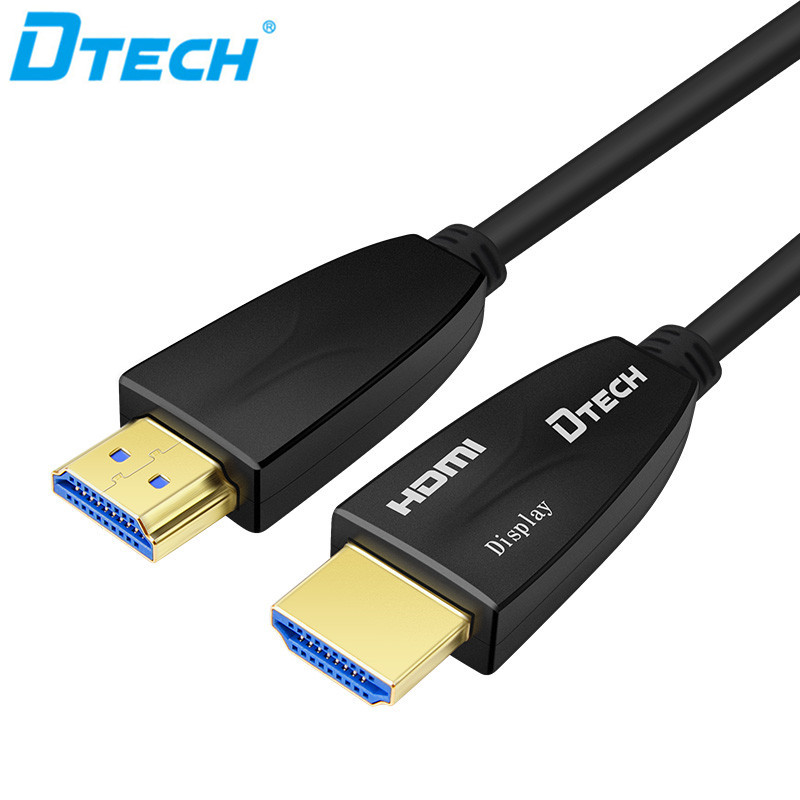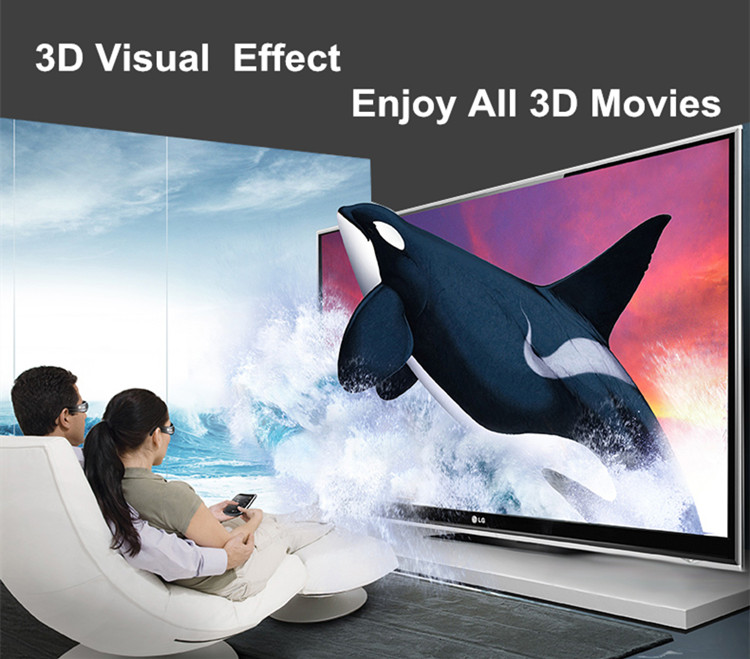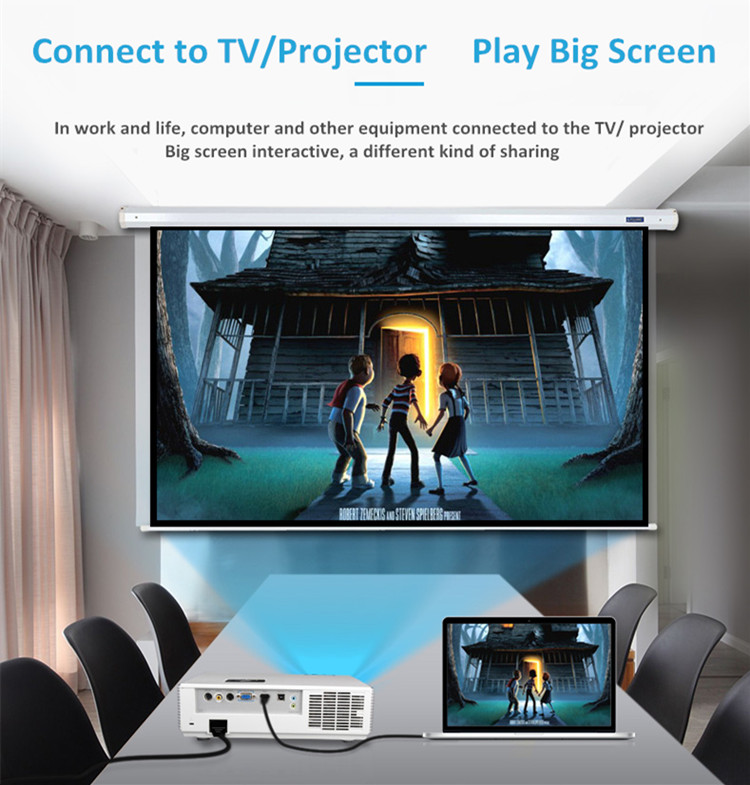
Tel : +86 13430398209
Email : export@dtechelectronics.com
Email : amber@dtechelectronics.com
Email : Hermadi@dtech.cn(Indonesia)
Tel : +86 13430398209
Email : export@dtechelectronics.com
Email : amber@dtechelectronics.com
Email : Hermadi@dtech.cn(Indonesia)
How many misunderstandings do you know about purchasing HDMI cables?
With the development and progress of technology, there are many brands of HDMI cables on the market today, and the quality is uneven. In addition, the quality of the cable is difficult to judge from the appearance. In daily life, we often use high-definition HDMI cables, but many people don’t know what to pay attention to when purchasing high-definition HDMI cables. The following is for everyone Share with me five common misunderstandings when purchasing HDMI cables.
Myth 1: The higher the grade, the better the picture quality
Many people think that the main difference between a high-end HDMI cable and a low-end HDMI cable is the picture quality and sound quality. The higher the quality of the HDMI cable, the better the sound quality. In fact, this is a very classic misconception.
In fact, the HDMI cable itself does not affect the image quality of the video, it depends on the quality of the signal source and the performance of the display device. So what are the advantages of high-end HDMI cables? It is mainly reflected in two points: first, the material is better, it can use silver-plated core, or high-standard oxygen-free copper core, etc., plus multiple layers of high-quality shielding layer can ensure that the HDMI cable has better anti-interference ability than ordinary wires . Second is the excellent workmanship, for example, the internal solder joints are more reliable (auto soldering has more uniform solder joints and better solder joints than manual soldering)
Myth 2: The thicker the HDMI cable, the better
The key to determining the grade of an HDMI cable is the material used, including the thickness and purity of the inner copper core, the quality of the welding process of the connecting part, the number and level of the shielding layer, etc., but these things cannot be directly found with the naked eye. In fact, some big brands of HDMI cables will not blindly pursue very thick wires, or even wear out the protection net on the outside, but because of the high-quality copper core, reasonable shielding structure and excellent welding process inside, Much better performance and reliability than a thick line that looks bluff.
Misunderstanding 3: The HDMI cable can be plugged in and out at will
The HDMI cable does not support hot plugging like the USB. In fact, it is possible in theory, but we generally do not recommend it. If you plug and unplug the HDMI cable randomly, it is easy to damage the HDMI terminal of the device. In severe cases, the HDMI cable may even break, causing huge economic losses.
Also, while most HDMI terminals are protected by gold plating, most are very limited in thickness (micron scale) and have limited corrosion resistance. Therefore, when plugging and unplugging the HDMI cable, try to avoid direct contact with the plug with your fingers. Sweat from hands can corrode the metal shield, resulting in poor shielding and increased bit errors.
Myth 4: The longer the HDMI cable, the better
First of all, a principle needs to be clarified, that is, "the shorter the better". The shorter the HDMI cable, the cheaper the price, and the signal quality will be higher during short-distance transmission, and the transmission bandwidth will also be improved. In the environment of long-distance use, it is recommended that you purchase mid-to-high-end products of well-known brands as much as possible. This is mainly based on cost-effective considerations. After all, the price of long-distance HDMI cables is usually very high.
If you buy a low-end product, the total price may not be low, the durability may not be good, and the third may interfere with the signal quality because the parameters do not meet the standard. For temporary use occasions, including occasions where the application distance is very short (within 2 meters), we can appropriately lower the purchase standard, or even choose some low-end products of conventional brands. As long as these products don't cut corners, using them over short distances will work no differently than high-end wire.
Misunderstanding 5: The higher the HDMI cable version, the better
In fact, before the release of the HDMI 1.4 standard, there was no version of the HDMI high-definition cable itself. The so-called HDMI 1.3a/b/c is only a specification for the signal level, and has nothing to do with the hardware structure of the cable itself. This situation has changed after the release of the HDMI1.4 specification, because HDMI 1.4 has added two new types of cables including Ethernet channels and high-speed Ethernet channels, which requires adding a pair of cores inside the original cable. To meet the needs of transmitting network data.
Regardless of whether it is HDMI 1.3, HDMI 1.4, HDMI 2.0, or HDMI 2.1, their differences are mainly reflected in the supported functions.
For example, HDMI 1.4 has newly added support for 3D, network support and audio return channel support. However, this does not mean that HDMI 1.3 cables do not support 3D, nor does it mean that HDMI 1.4 cables will have better picture quality than HDMI 1.3 cables.
In addition, although HDMI has been upgraded to version 2.1, the plug style has not changed much. Therefore, it is difficult for us to distinguish the difference between HDMI cables from the appearance. If you really need to use the new features of later versions, we still recommend that you buy products from well-known brands from regular channels.
© Copyright: 2025 Guangzhou Dtech Electronics Technology Co.,Ltd. All Rights Reserved.
